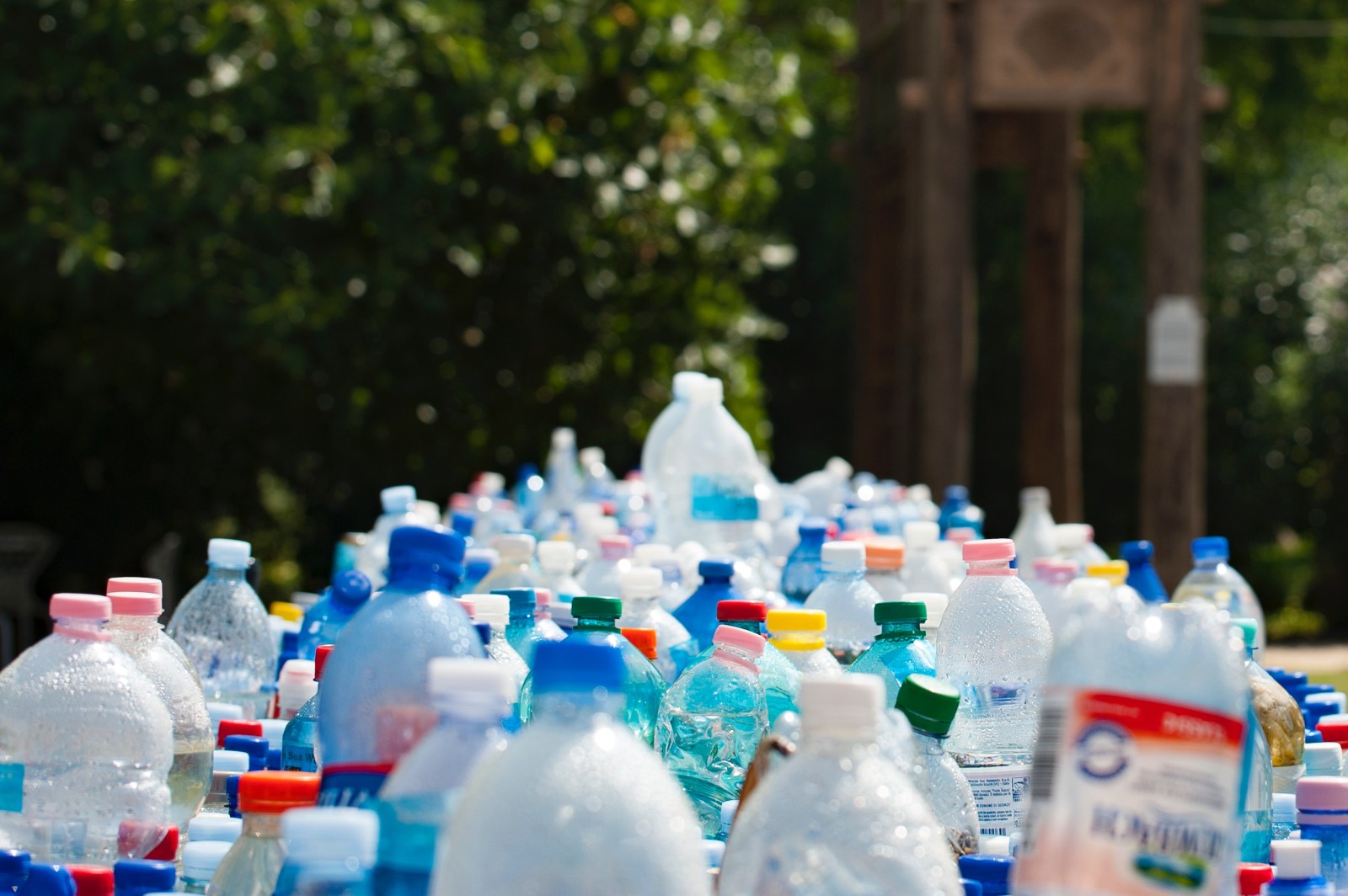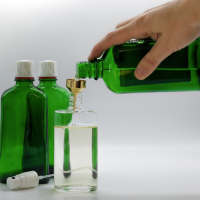Joint Statement on improving product durability and reparability
Ez is érdekelhet

“We live in a disposable society. It’s easier to throw things out than to fix them.” – Neil LaBute

The problem
If the rest of the world consumed the way Europeans do, we would need the equivalent of two‐and-a-half planets to meet the demand for resources.
Usable products and device components are scrapped at an alarming rate instead of being salvaged, fixed, and reused. By 2050, our level of consumption of minerals, fossil fuels and biomass will reach 140billion tonnes, over double the current amount.
Products must be durable, easy and affordable to repair, and information on these aspects clearly available to consumers. Half the respondents to a recent EU survey said they decided against repairing a faulty product in the past 12 months because repair costs were too high. 92% agreed that the lifespan of products available on the market should be indicated.
As one of the fastest growing sectors, electric and electronic products are the first candidates for increased repair and longevity —but the principles could equally be applied to textiles, furniture and other products. Legal changes and economic incentives are needed to promote product durability and repair, requiring a coordinated approach with all stakeholders -including policy makers, manufacturers, consumers, reuse organisations, recyclers and environmental NGOs.
The benefits of improved durability and reparability
- For the environment: prolonging the lifespan of products avoids their early replacement by new products. To reduce the depletion of natural resources, it is crucial to maximise the utilization of the precious materials already contained in everyday products. Environmentally, it is optimal to give appliances a second life – either by repairing them, reselling them, refurbishing them or at least remanufacturing and recycling the most vital components.
| By 2050, our level of consumption of minerals, fossil fuels and biomass will reach 140 billion tonnes, over double the current amount. |
- For the economy: finished products have more economic value than the raw materials inside them. By breaking products apart for recycling, this added value is lost. Repair, reuse and remanufacturing maintain, rather than destroy that economic value.[1] Manufacturers should embrace a more service-oriented approach to their business strategy and enhance their brand reputation as makers of durable products. Moreover, maintenance and repair services would provide a significant potential for job creation if labour is taxed less and resource consumption more. Owing to the labour intensive nature of re-use and repair activities the potential for job creation in this area is many times higher than recycling[2].
- For society: consumers would have a better choice of after sales service providers at more competitive prices, driving down the cost of repair. Easily repairable goods could also be sold on the second hand market at low prices, especially to low-income groups. Easily reparable products and modular design may also have a marked impact on the EU’s consumption patterns while boosting innovation in a rejuvenated market for repair, reuse and repurposing.
Our objectives
- Create awareness and advocate for the importance of reparability and durability of electronics and other products for society, economy, and environment
- Facilitate a constructive debate amongst relevant stakeholders on designing Electronic and Electrical Equipment (EEE) and other products for reparability and durability, as well as discuss potential new business models related to repairable products
- Promote a regulatory environment that enhances reparability and durability, and to challenge EU and national policy makers to enforce appropriate and supporting legislation
Suggestions on where start
- Oblige manufacturers to provide independent re-use and repair organizations with all means to ensure the full functioning and serviceability of their products over their entire lifetime including free-of-charge access to repair and service documentation together with any troubleshooting and diagnostic tools, circuit diagrams, machine codes, software and hardware
- Work with manufacturers and EU regulatory parties to ensure that consumables in EEE—like batteries—are adhesive free and easily replaceable with common, non-proprietary tools.
- Set design requirements for products to guarantee a minimum life time and ensure non-destructive disassembly of products into individual parts and components for reuse
- Provide consumers with more information about product lifetimes through provision of information on the average expected product lifetime for a specific model.
- Spare parts must be widely available and affordable for a minimum number of years following the last product batch depending on the product’s average expected lifetime. They must be available at non-discriminatory pricing to third parties. Re-use of used and remanufactured product components must also be allowed.
- Develop a system to rate the durability and reparability of products and establish standards to measure these aspects for products placed on the European market.
- Explore the effects, impacts and options of extending minimum legal product warranties, differentiating between product categories, while obliging manufacturers EU-wide to bear full responsibility for early failure as a minimum during the first two years after purchase
- Lower taxes on repair service activities and increase them on resource-intensive and single use products instead.
Which are the relevant EU policy tools to build on?
| Making repair cheaper could be tackled by reducing VAT on repair activities |
A move towards a truly circular economy requires a horizontal approach across different policy areas. Designing products for ease of repair, together with any relevant information requirements for re-use operators can be tackled through the Ecodesign, WEEE and Batteries Directives. For other products, such as textiles and furniture, design requirements could be addressed within the framework of the EU circular economy package and related waste policies. Whilst information for consumers on product longevity and warranties could also be tackled in the aforementioned Directives, the Consumer Rights and Energy Labelling Directives could also have a major role to play. Regulations in the automotive sector such as the Massachusetts Right to Repair Law and the EU Regulation of motor vehicles and engines provide a source of inspiration which have addressed a number of these issues already. Finally, making repair cheaper could be tackled through innovative use of the VAT Directive through reduced VAT on repair activities.
Download the Joint Mission Statement on Product Repair and Durability
How to join
Interested in supporting this statement and vision? For more information contact Carsten Wachholz ([email protected]) or Michal Len ([email protected])
[1] “Reuse is where the money is” Based on the “Resource resilient UK” report from the Circular Economy Task Force of the Green Alliance, published in July 2013, page 18 and 19: http://www.green-alliance.org.uk/page_816.php
[2] E.g. O’Connell, Hickey and Fitzpatrick (2013) Evaluating the sustainability potential of a white goods refurbishment program in Sustainability Science, Vol 8, Issue 4
Source: Zero Waste Europe







